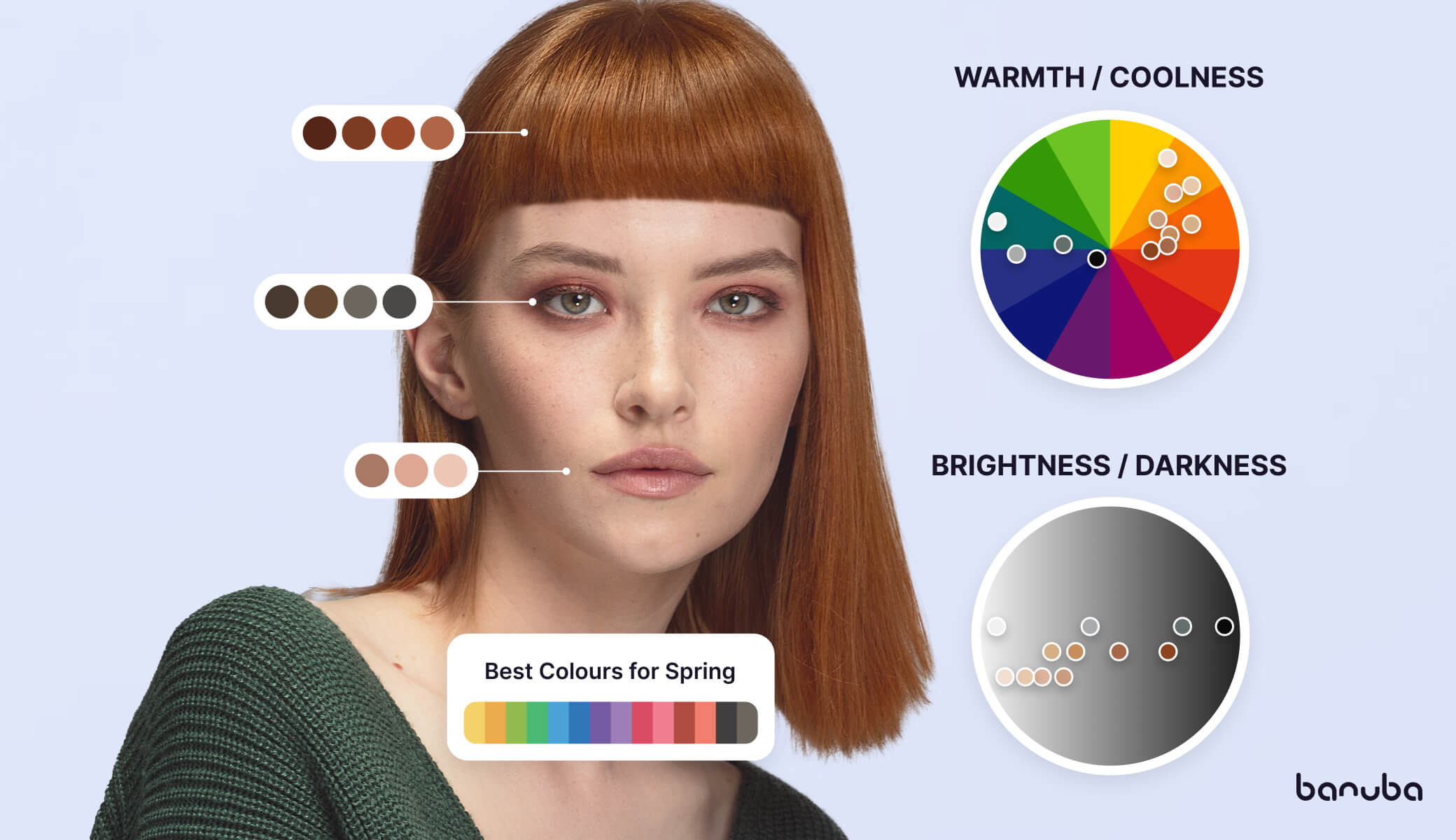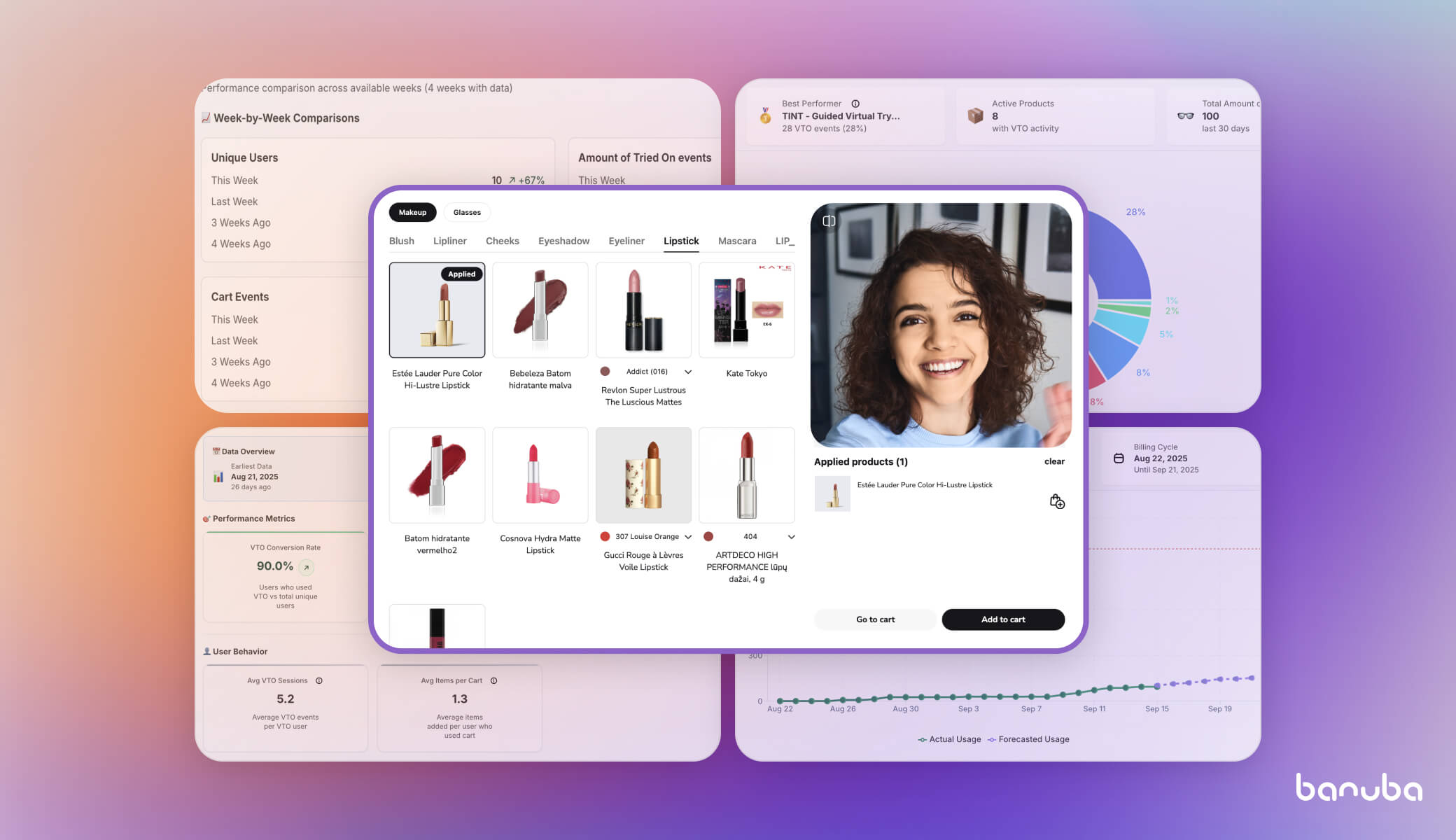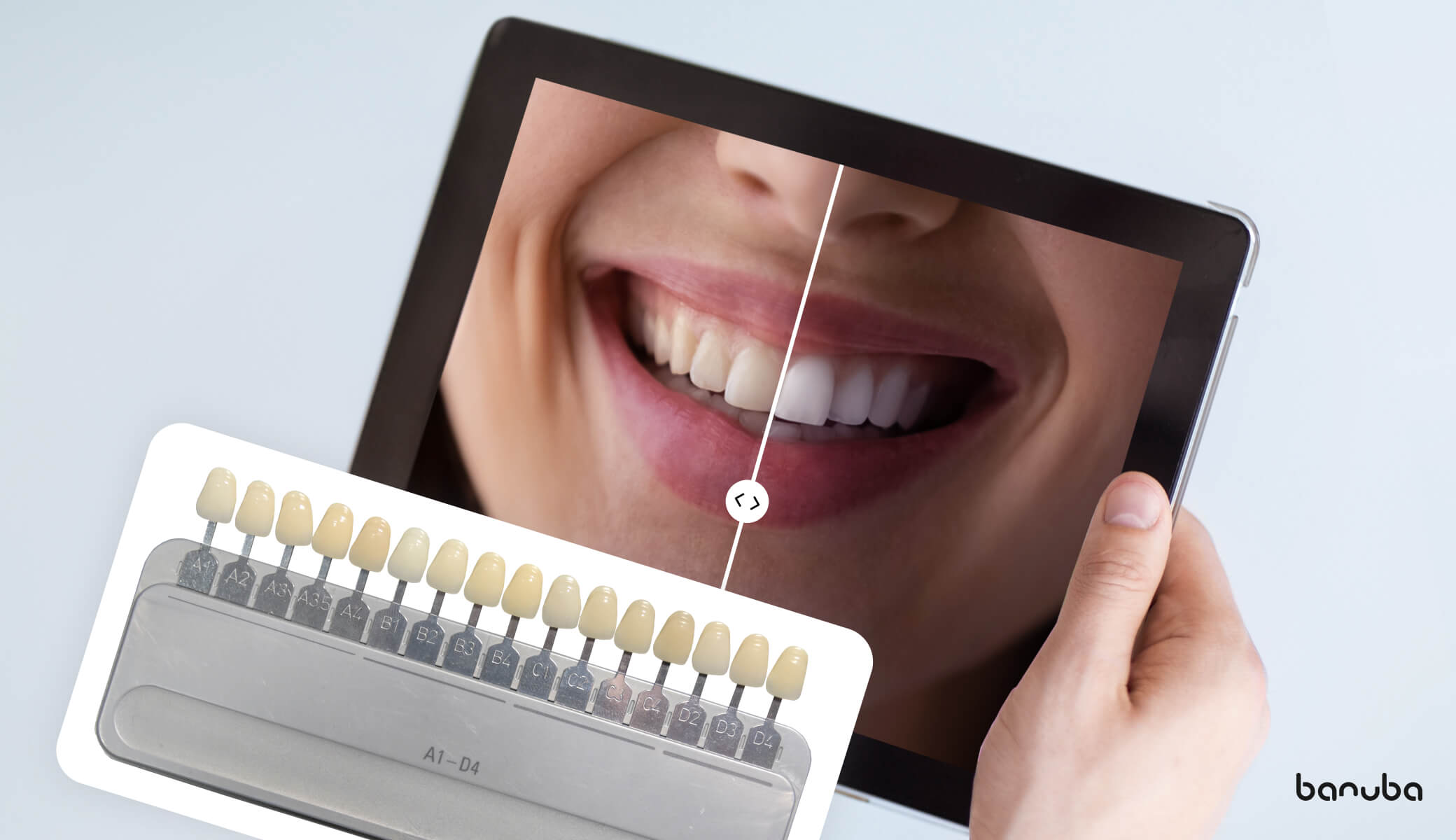[navigation]
What Is Seasonal Color Analysis (SCA)
Seasonal color analysis (SCA) is a method that determines which colors best complement an individual's natural skin tone, hair color, and eye color. It is based on four primary categories: Winter, Summer, Spring, and Autumn. Each category reflects a combination of color temperature, brightness, and saturation. The goal is to identify colors that visually align with a person’s natural contrast and undertones.
The concept originated in the Impressionist movement, where artists used seasonal color palettes to convey mood and atmosphere. Its application to fashion and beauty gained traction in the 1970s with the publication of high-quality color reference books that made accurate shade comparison possible.
Several foundational publications shaped modern SCA, including Color Me Beautiful by Carole Jackson and Color Me a Season by Bernice Kentner. While terminology varies across sources, the underlying principles remain consistent.
This approach is useful because it:
-
Helps people discover colors that naturally suit them
-
Explains why certain shades look unbalanced on specific individuals
-
Provides a structured palette for selecting makeup, hair color, and clothing

Understanding Skin Tone, Hair Color, and Eye Color in SCA
Skin tone, hair color, and eye color form the core inputs of seasonal color analysis. Skin tone provides undertone and depth information, hair color contributes hue and brightness, and eye color influences overall contrast and saturation. Together, these features affect how light is reflected and how colors are perceived on the face.
In traditional analysis, these characteristics are assessed visually by a consultant, which introduces subjectivity and environmental bias. Automated systems improve consistency by measuring these features directly from images, enabling repeatable evaluation and scalable personalization for virtual cosmetics and digital try-on experiences.
How Professionals Determine Skin Undertones
Manual seasonal color analysis relies on several techniques to identify undertones. These include observing vein coloration, evaluating how skin reacts to sun exposure, and comparing how neutral shades reflect under controlled lighting. Jewelry tests are also common, where different metal tones are used to infer warm or cool undertones.
While effective in person, these methods are sensitive to lighting conditions and personal interpretation. Automated analysis replaces subjective observation with numerical evaluation of skin tone data, enabling consistent undertone detection across different environments and devices.
Seasonal Sub-Types and Why They Matter
Each primary season is commonly divided into sub-types to account for variations in contrast and saturation. Examples include Clear Spring, Soft Summer, and Deep Winter. These sub-seasons refine recommendations by addressing subtle differences that broad categories cannot capture.
In manual workflows, identifying sub-types requires extensive comparison and expertise. Automated seasonal color analysis can evaluate contrast, brightness, and color distribution algorithmically, allowing precise sub-season classification at scale. This level of granularity is particularly important for accurate shade matching in virtual cosmetics.
Fabric Drapes in Professional Color Analysis
Fabric draping is a traditional technique where analysts place colored textiles near the face to observe how different hues affect skin appearance. The method reveals how colors influence perceived brightness, contrast, and uniformity.
Although effective in controlled settings, fabric draping is difficult to standardize and cannot be replicated digitally without approximation. Automated systems simulate this process using digital color models, allowing algorithms to assess color interaction without physical materials. This enables consistent evaluation while preserving analytical depth.
Jewelry Preferences as Warm and Cool Indicators
In traditional SCA, jewelry preferences are often used as secondary indicators of undertones. Warm seasons typically harmonize with yellow or rose gold tones, while cool seasons align more closely with silver or white metals. These observations are based on how reflective surfaces interact with skin tone.
However, such assessments are highly subjective. Automated systems analyze the same underlying color relationships using image data, eliminating stylist bias and improving repeatability across users and devices.
From Manual Analysis to Digital Seasonal Color Analysis Tools
Modern seasonal color analysis increasingly relies on digital tools that combine computer vision, color perception models, and image processing algorithms. These systems evaluate skin tone, hair color, and eye color under standardized conditions, reducing human bias and environmental distortion.
Digital seasonal color analysis enables real-time personalization in virtual cosmetics and virtual try-on platforms. By automating traditionally subjective steps, these tools improve user experience, scale personalization, and eliminate the need for lengthy questionnaires or professional intervention.
How do you even begin to digitize something like this?
How TINT Automated Seasonal Color Analysis
When developing TINT, Banuba’s team focused on two goals: creating one of the most realistic virtual try-on systems available and automating seasonal color analysis without manual input.
One major challenge of SCA is inconsistency. Two experienced makeup artists may assign different seasonal categories to the same person. To establish a reliable reference point, Banuba partnered with portrait artists known for precise color perception. Their evaluations served as a benchmark for training and validating algorithms.
Banuba already had extensive experience in face detection, face tracking, and color recognition. Early prototypes were tested against artist feedback, revealing issues related to hair color variation and shadow interference. Hair strands can vary in shade and cast shadows that distort color perception, complicating automated analysis.
By refining segmentation, isolating facial regions, and accounting for shadow artifacts, the team improved accuracy and stability. The final system performs seasonal color analysis automatically, without quizzes or user input, delivering results in seconds.
Conclusion
Seasonal color analysis is inherently complex. It involves evaluating skin tone, undertones, contrast, saturation, and the way light interacts with facial features. Traditionally, this process required professional judgment and controlled environments.
Banuba’s automated approach replaces subjective interpretation with algorithmic analysis. TINT performs seasonal color analysis quickly, consistently, and at scale, enabling a better user experience for virtual cosmetics and digital try-on platforms. The result is a system that delivers personalized recommendations instantly — without lengthy surveys or manual assessment.







